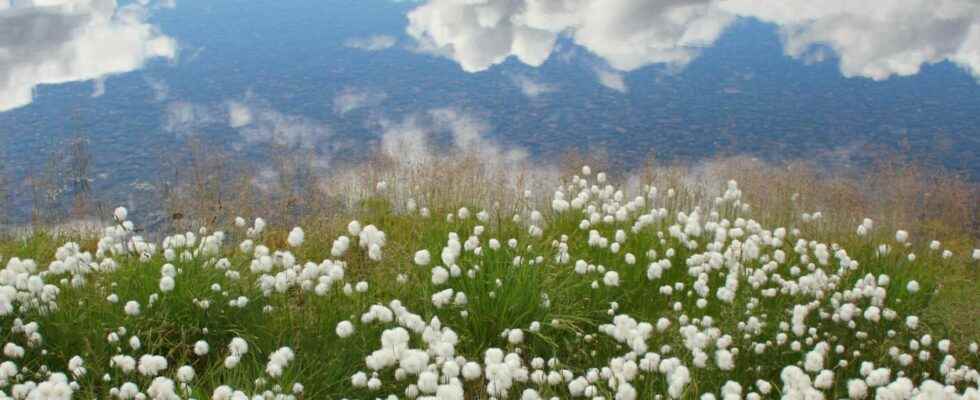In the Arctic, much more than elsewhere, temperatures are rising. Gradually pushing the forests north. Until threatening the tundra. If coherent measures to combat global warming are not taken now, this unique biome will disappear by the middle of this millennium.
Our Earth heats. Its North Pole a little faster still. Over the past 50 years, the temperature in the Arctic has already increased by more than 2°C. And if we fail to limit our greenhouse gas emissions (GHG), the models even announce a fairly spectacular rise in summer temperatures by 2100. Up to plus 14°C!
What, researchers have been telling us for a long time now, is to melt the ice. But the landscape changes may not stop there. “The Earth’s environment will change dramatically. The vast expanses of tundra in Siberia and North America will be massively reduced because, in the near future, the limit of trees, which is already slowly changing, will rapidly advance north. In the worst case, there will be practically no more tundra by the middle of this millennium”explains Ulrike Herzschuh, researcher at the Alfred Wegener Institute (AWI, Germany), in a communicated.
His team has studied in detail the case of the tundra of northeastern Russia. To try to understand how to preserve this region, its flora — species like the arctic poppy or willow — and its fauna — the reindeerthe lemming or the arctic bumblebee — as unique as the indigenous peoples and their traditions.
Limit our emissions to save the tundra
Using their model, the researchers were able, for example, to describe the complete life cycle of Siberian larch trees in the tundra transition zone — from seed production and distribution, to germination, to trees. adults. A very realistic way to depict how the tree line advances in a warming climate.
The results are unequivocal. The larch forests could extend northward at a speed up to 30 kilometers per decade. And because of the proximity of theArctic ocean, some tundra regions cannot move. They would decrease more and more. In most scenarios, by the middle of this millennium, less than 6% of today’s tundra would remain. To preserve only 30%, we would have to implement fairly ambitious measures to reduce our emissions of GHG. Otherwise, the Siberian tundra belt, which is 4,000 kilometers long today, would split into two parcels, 2,500 kilometers apart.
“At this point, it’s a matter of life and death for the Siberian tundra”says Eva Klebelsberg, Protected Areas and Climate Change/Russian Arctic Project Manager at the WWF (Germany). “Because the local flora and fauna populations are very vulnerable to disturbing influences. » Like a fragmentation of habitats. “And one thing is clear: if we carry on as if nothing has happened, this ecosystem will gradually disappear. »
Special offer: for Father’s Day, offer the best of Science!
Your father is a great science enthusiast and unusual discoveries? And if you offer him a superb scientific exploration in paper format? Benefit from -20% on the Mag Futura (special offer: €15 instead of 19 €): 220 pages to explore 4 scientific issues that will shape our future!
Mag Futura is:
- 4 major scientific questions for 2022, from the Earth to the Moon
- 220 pages, 60 experts: no fake news, just science
- Home delivery with electronic gift card
- An independent scientific media
Interested in what you just read?
